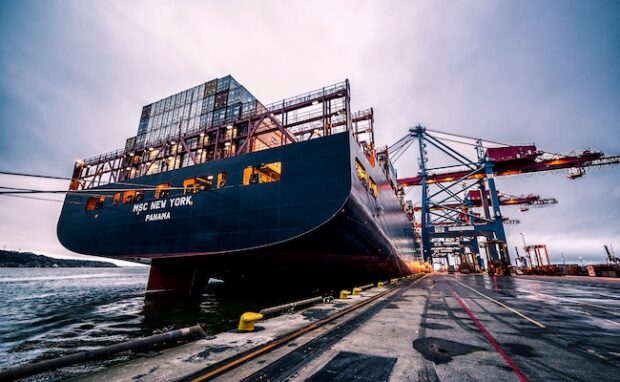Japan’s largest port resumes operations after cyberattack
Japan’s Port of Nagoya resumed operations on July 6 after a ransomware attack on July 4. The cyberattack prevented trucks from loading and unloading vehicle components for two days. According to Kyodo News, a Nagoya port association said it restored operations and recovered data manually without paying a ransom.
The tech-savvy Land of the Rising Sun is not the only country that relies on technology for important infrastructure. Nowadays, most of us rely on computer systems to facilitate global trade, which are susceptible to cyberattacks. As a result, such incidents affect everyone by delaying your online deliveries and suspending company supplies.
These attacks will become more common as technology advances, so you should learn how they work. Start by reading this article regarding this major cyberattack on Japan’s largest international shipping port. Next, I will explain how people and companies could adapt to such issues.
How did the Japan port cyberattack occur?
The Port of Nagoya’s official website says it opened on November 10, 1907. It is an integrated international port that handles various cargo, such as general, container, bulk, and others.
It is the largest port in Japan in terms of total cargo throughput, which reached 177.79 million tons in 2021. Consequently, the world noticed when it experienced a major cyberattack.
Japan Times said the system failed around 6:30 AM on July 4 when an employee couldn’t start a computer. Also, it flashed a message saying ransomware infected the device by sending it to a printer.
Ransomware is a virus that encrypts a victim’s data, preventing access until the person pays a specific amount. The port is a hub for car manufacturer Toyota’s imports and exports.
The automaker said it cannot load or unload auto parts due to the system issue. However, it reiterated the Japan port problem did not disrupt its production.
It also uses a different computer system, so it remains unaffected. Toyota added, “We will closely monitor any impact on production while carefully examining the parts inventory.”
The Japanese vehicle maker said its suppliers, Aisin, Denso, and Toyota Industries secured a specific amount of inventory. Moreover, they have limited exposure to the glitch.
You may also like: Japan uses AI for senior care
The Nagoya Harbor Transportation told Kyodo News repairs took longer than expected because it had to recover corrupted data manually. Also, it claimed the hacker group LockBit 3.0 was responsible for the attack.
The association said it has not contacted the group or paid ransom. Also, the Aichi prefectural police have investigated the cybersecurity issue.
Japan Times said the Port of Nagoya experienced temporary trailer congestion. A trailer driver explained, “If these many trailers resume operation all at once, it would be very crowded.”
How to respond to supply chain disruptions

Mihoko Matsubara, chief of cybersecurity strategies at Japanese telecom firm NTT Corp., emphasized the Japan port attack’s significance. She told CNN it “created great concerns over the impact on the local economy and supply chain, including the auto industry.”
It is the first reported ransomware attack on a Japanese port, but it wouldn’t be the last. More people would attempt more cyberattacks on Japan and other nations.
You may also like: Sapporo uses AI to create new drink flavors
Modern ports need new technologies to facilitate growing global trade, so abandoning them is not an option. Instead, ports must improve their cybersecurity, and companies must adapt to potential supply chain disruptions:
- Allocate funds for strengthening supply lines.
- Then, find weak links in the supply chain and replace them with more reliable suppliers.
- Like Toyota, have multiple suppliers to mitigate risks.
- Stockpile emergency supplies. However, this step may vary depending on the industry.
Conclusion
Japan’s largest port experienced a major cyberattack last week. It prevented trucks from loading and unloading goods for two days until local authorities restored operations.
Other countries have been experiencing similar cyberattacks. For example, the Russian military allegedly spread malware that disrupted the shipping giant Maersk.
CNN said the attack cost the company around $300 million. Nowadays, strengthening digital systems is a national issue. Learn more about such digital trends at Inquirer Tech.
Read Next
Subscribe to INQUIRER PLUS to get access to The Philippine Daily Inquirer & other 70+ titles, share up to 5 gadgets, listen to the news, download as early as 4am & share articles on social media. Call 896 6000.
For feedback, complaints, or inquiries, contact us.
For all the latest Technology News Click Here
For the latest news and updates, follow us on Google News.



